Yoga stretches for beginners - 7 moves to help loosen your muscles and improve flexibility
Yoga stretches for beginners are the best way to introduce mindful movement into your day and support your physical and mental wellbeing
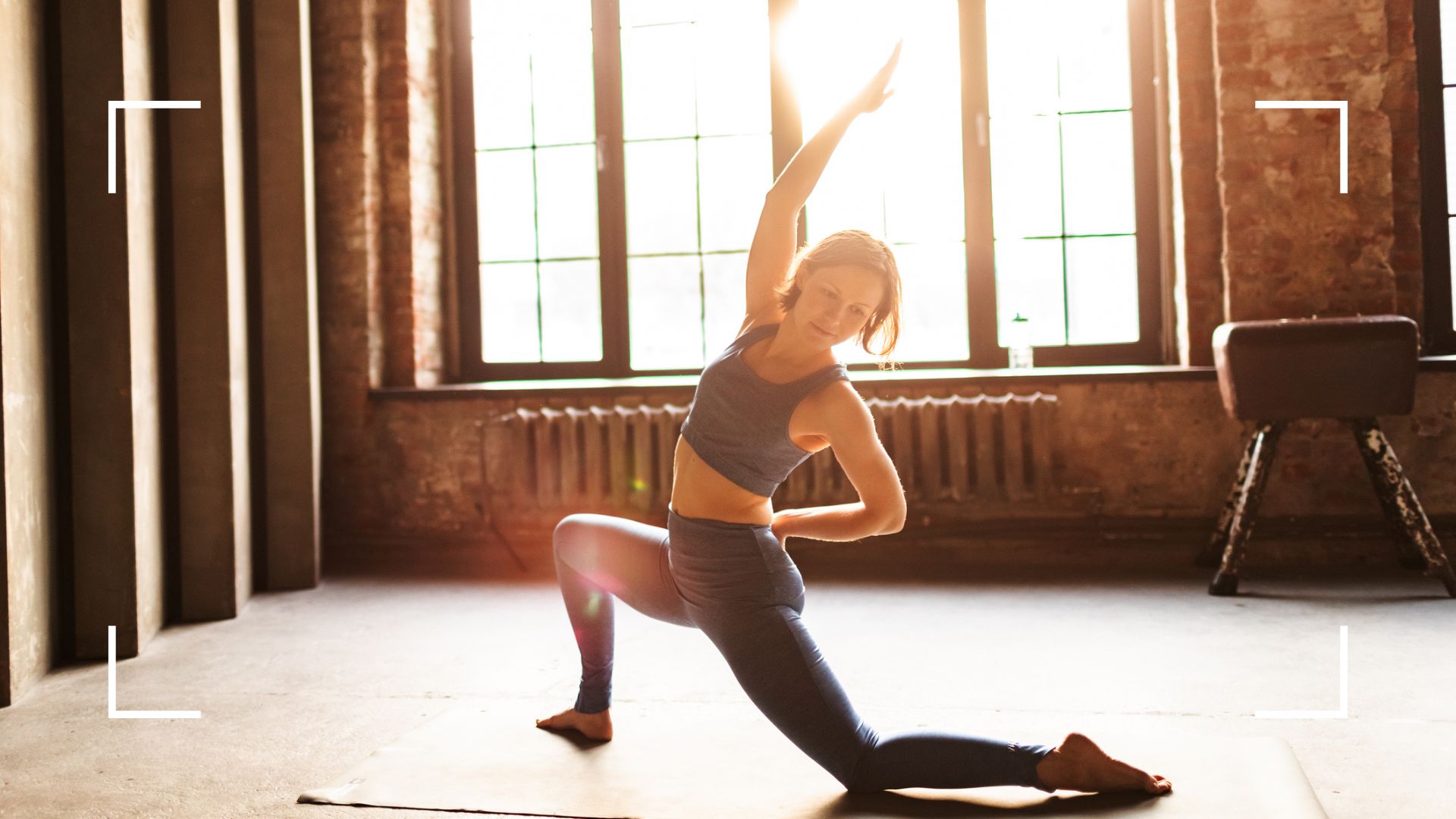
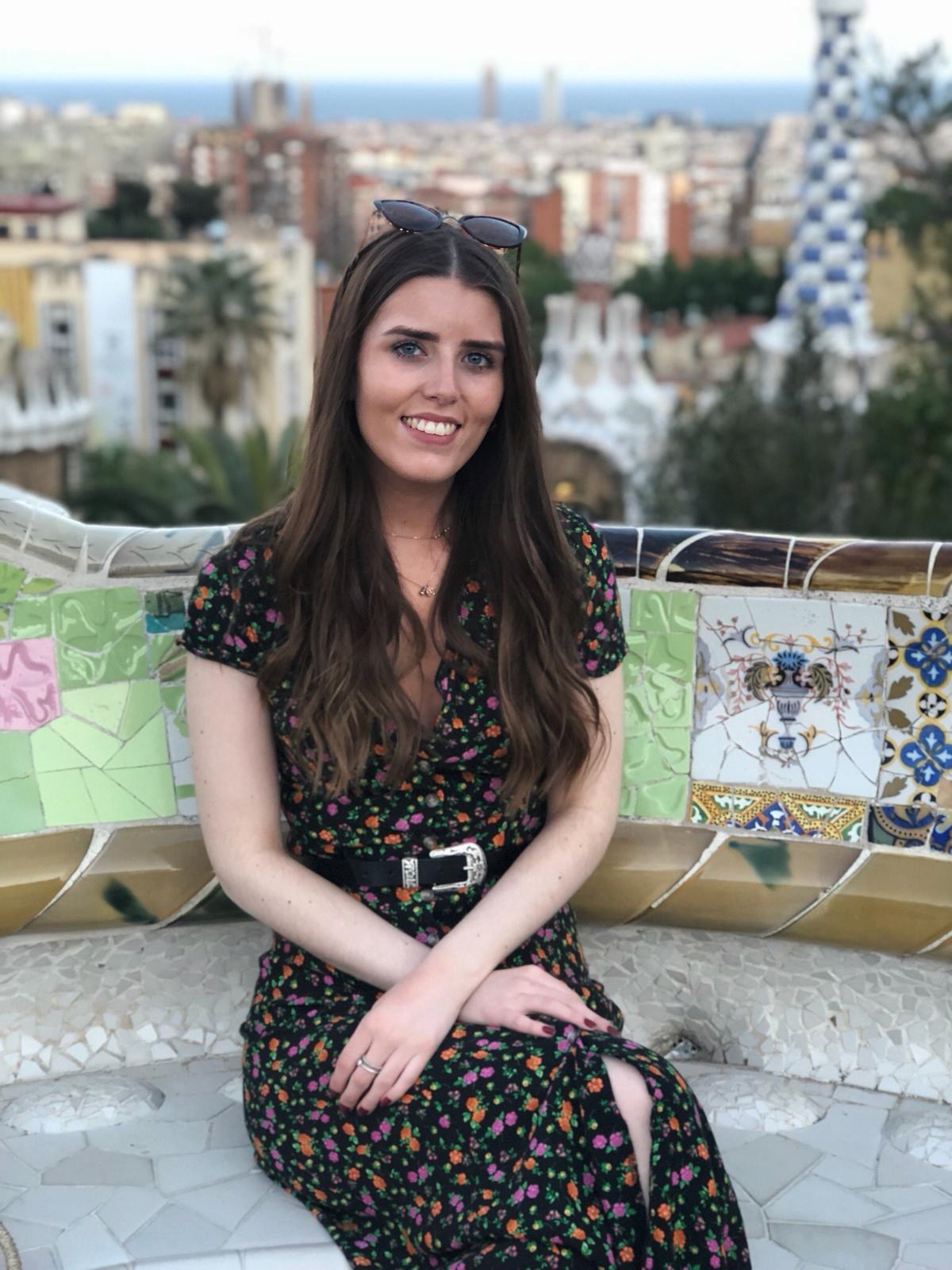
If you’re new to the practice, adding a sequence of yoga stretches for beginners into your everyday routine will do wonders for your health. Whether you're looking to stretch out before a workout or get into a daily flow, there are so many benefits for both mind and body.
To get started, all you need to do is grab your pick of the best yoga mats and get moving. Yoga can help to build strength and improve flexibility, balance and posture, but a huge focus of this ancient practice is the idea of cultivating a strong mind-body connection through mindful movement, which can help you manage stress, sleep better and find more joy in everyday life.
While there are many different types of yoga you can explore, it's best to start with the basics. Here, woman&home speaks to two certified yoga instructors to help you kickstart your journey with yoga for beginners with seven stretches suitable for every level of flexibility.
Yoga stretches for beginners in brief:
1. Downward dog
2. Warrior 1
3. Supine twist
4. Tree pose
5. Child's Pose
6. Cobra
7. Pigeon pose
Yoga stretches for beginners
Downward dog
Downward dog is a common yoga pose and one of the best yoga stretches for beginners, according to Laura Bunting, a yoga teacher and the founder of Wildlife & Yoga Retreats. “It’s great for those who are new to yoga as it strengthens the upper back and shoulders as well as the hands, wrists, and fingers,” she explains. Other benefits include spine mobilisation, hamstring, calf, and Achilles tendon stretch, improved circulation and tension relief in the neck and back.
How to do it:
- Place your hands shoulder-width apart and spread your fingers wide on your mat.
- Gently tuck your toes underneath you and take a deep inhale.
- As you exhale deeply, maintain the pressure on your hands against the mat, lifting your knees off the floor and extending your legs.
- If the backs of your legs are tight, causing your back to compromise its length, bring a bend to the knees to maintain strong form.
- You can use blocks to support you, placing your hands on top of each block as an extension of the arm if you have tight hamstrings.
Warrior 1
Another popular yoga pose for mat and walking yoga workouts, warrior 1 is a must-try for anyone new to yoga. “It’s a wonderful pose for beginners as it stretches the hips and upper body, in addition to strengthening the legs,” Charlotte Townend, yoga teacher and founder of Wylder tells us.
Warrior 1 is also great for improving core strength, balance, focus and concentration. Other benefits of yoga that come with this move include better posture, making it an ideal addition to your yoga practice if you spend lots of time sitting at a desk. What’s more, it creates a sense of empowerment and a feeling of confidence within.
Sign up for the woman&home newsletter
Sign up to our free daily email for the latest royal and entertainment news, interesting opinion, expert advice on styling and beauty trends, and no-nonsense guides to the health and wellness questions you want answered.
How to do it:
- Stand on your mat with your front foot facing forward.
- Step your other foot back and turn it out 45 degrees.
- Keep the front knee directly above the front ankle as you lift your arms up towards the sky and breathe deeply.
- To modify, step one foot further to the side for more stability.
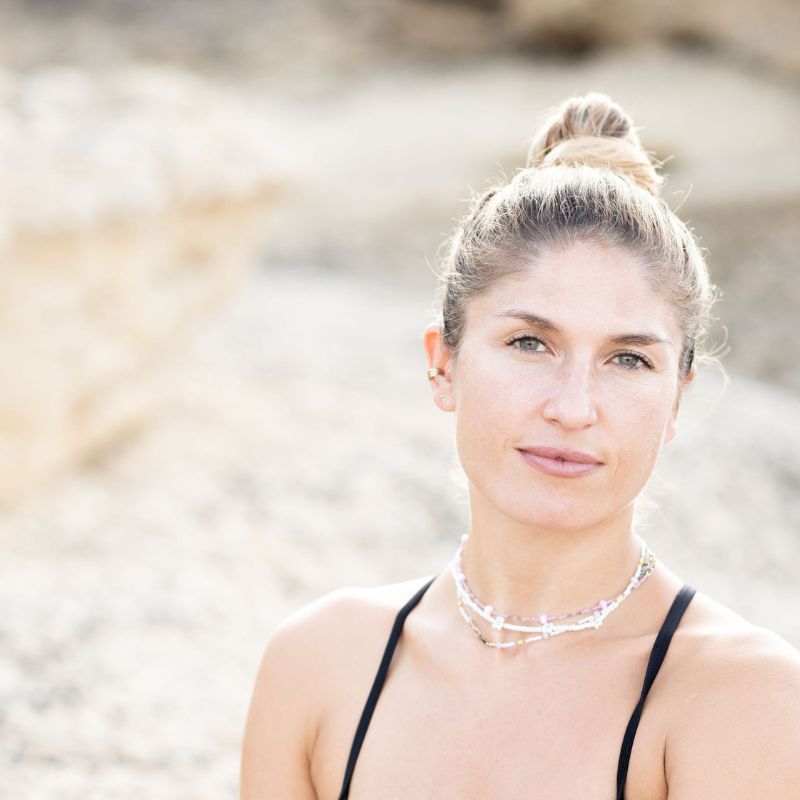
Charlotte is a private yoga teacher based between London and Ibiza. With five years’ experience, she teaches a variety of styles ranging from Vinyasa and Yin to pre and postnatal yoga. Her focus is largely on strength as well as mobility so her classes can be very dynamic, sometimes including Pilates-inspired movements.
Supine twist
“The supine twist is an excellent beginner pose because you can choose how far you go in the stretch by taking your knee across the body,” explains Bunting.
This pose also helps to relieve tension by stretching the back, shoulders and neck muscles all while engaging the abdominal muscles, making it one of the best core exercises as well. Bunting adds: “It can also support digestion, increase flexibility in the spine, hips, and shoulders and aid circulation by stretching muscles and releasing tension.”
How to do it:
- Start by lying on your back and bringing your right knee to your chest, straightening your left leg.
- Guide your right knee to your left side across the body, keeping your shoulders on the mat.
- Straighten your right arm and turn your head to face the right.
- Hold for five to 10 breaths and then repeat on the other side.
- You don’t need any props for this pose, but if your knee is floating above the mat and distracting you from relaxing into the pose, you can place a block or bolster underneath to take the pressure off.
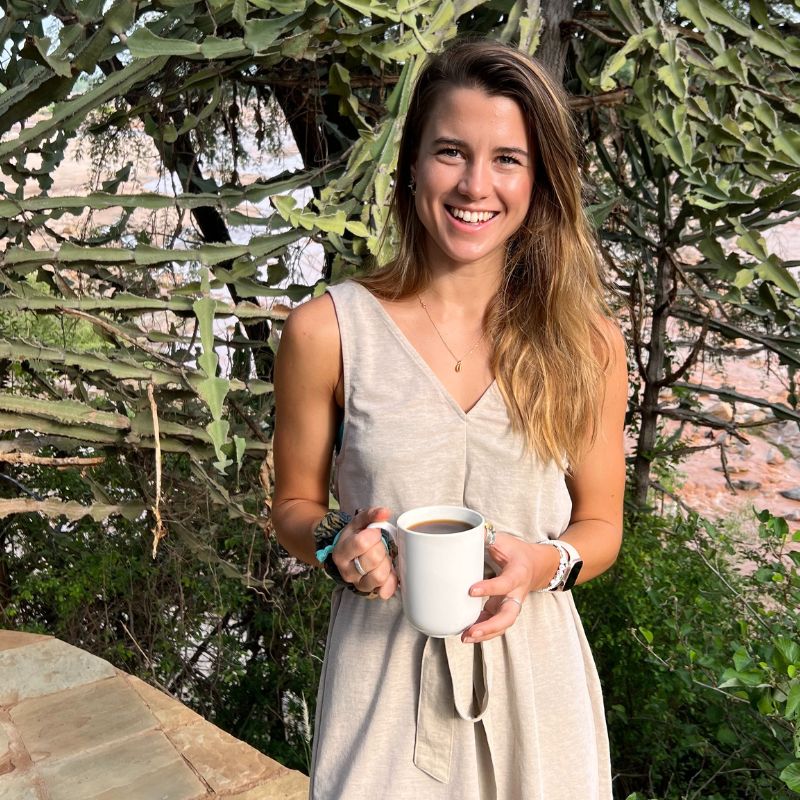
Laura Bunting is the founder of Wildlife & Yoga Retreats. Championing immersive experiences in the heart of Kenya’s wild spaces amidst breathtaking landscapes and flourishing wildlife, each of Laura’s exceptional retreats takes place in a world of unmatched privacy and serenity for a safari experience like no other. Laura is passionate about enhancing wildlife encounters, through the power of holistic Yin and Vinyasa yoga practices which are seamlessly woven into exceptional safari itineraries that capture the magic of east Africa.
Tree pose
It might look easy, but the yogi tree pose will fire up your core and put your balance to the test. “Balancing poses are important to build the core strength that is necessary for more advanced yoga poses,” Townsend explains.
The tree pose can also help with improving balance, opening up the hips, boosting concentration and helping you feel grounded and calm.
How to do it:
- With one foot firmly on the ground, lift the other foot up with your hand and place this foot on the inside of the standing leg.
- With your hands at the heart centre, gaze forward towards your ‘Drishti’ (aka your focus point ahead).
- Bring awareness back to your breath and focus on breathing deeply.
- If you need to modify this pose, place your foot further down the leg beneath your knee or to the inside of the ankle to support your balance.
If you find this pose tough on your ankle, hip, or knee joints then it may be worth investing in one of the best thick yoga mats instead of a standard sub-6mm yoga mat. The additional inches of thickness that come with these foam or rubber mats can offer additional support when needed.
Child's Pose
“Child’s pose is an extremely beneficial pose that will calm the body, and stretch the hips, spine and shoulders,” explains Townsend. It's for this reason that the child's pose appears in popular yoga for runners sequences as well as beginner's programs, as those who do a lot of cardio exercise can benefit from enhanced hip mobility.
It’s a must-try if you want to ease tension in your lower back, relax your back muscles, open up your hips and support digestion. It can also help to calm the mind and body and it is a great pose to open and close your practice with.
How to do it:
- With your knees wide apart, sit your hips towards your heels and walk your hands forward on your mat until your forehead reaches the mat.
- If your knees and hips are feeling uncomfortable with little space for movement, try altering the distance between your knees.
- You can modify this pose by placing a rolled-up blanket underneath your knees for extra support.
- Take a few deep breaths here and sink into the pose.
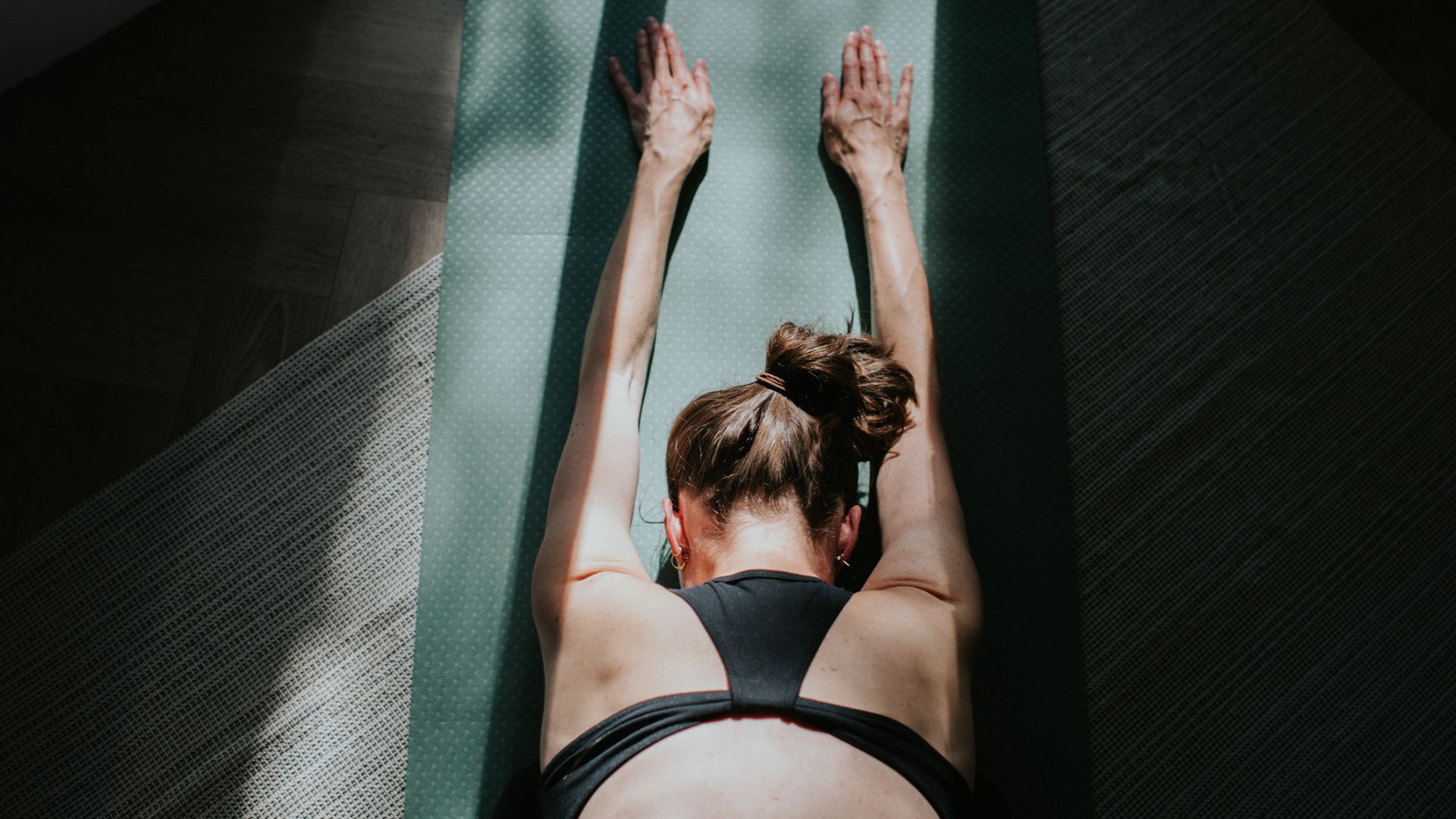
Cobra
“The cobra pose is one of 12 asanas within the sun salutation sequence and a core aspect of Vinyasa flow,” explains Bunting. “It’s a backbend that’s accessible to most people, with options for progression.”
As one of the best moves to incorporate into yoga mat workouts, Cobra can help to stretch out the abdominal area, the front of the neck, the tops of the feet and the biceps, while strengthening back muscles, triceps, glutes and hamstrings, too.
How to do it:
- Lie on your stomach, with your feet and legs apart at hip-width.
- Point your toes, ensuring the tops of your feet touch the floor.
- Bend your elbows, place your hands on the floor beside your ribs, and align your wrists and elbows.
- Inhale and lift your chest off the floor, using strength to initiate a spinal extension.
- Hold for a few breaths before easing your way back down to your yoga mat.
Pigeon pose
The pigeon pose is one of the best yoga stretches for beginners because it's adaptable. “It allows for customisable intensity,” explains Bunting. “So you can modify the pose based on your flexibility and comfort levels.”
The benefits of incorporating the pigeon pose into your practice include enhancing hip mobility by encouraging a wider range of motion. “As it focuses on activating the psoas muscle and hip flexors, it also contributes to improved flexibility and strength, and promotes mental calmness,” Bunting adds.
How to do it:
- Start from a tabletop position on all fours, then bring your right knee towards your right wrist, adjusting its placement for comfort.
- Align your right ankle to position it in front of your left hip.
- Extend your left leg back; add a yoga block for support under your right glute if necessary to maintain level hips.
- Lift onto your fingertips, elongate your spine, engage your core, and open your chest.
- On the exhale, walk your hands forward, lowering your upper body towards the floor, resting your forearms and forehead on the mat.
- Take five to 10 breaths here, focusing on releasing tension in the right hip.
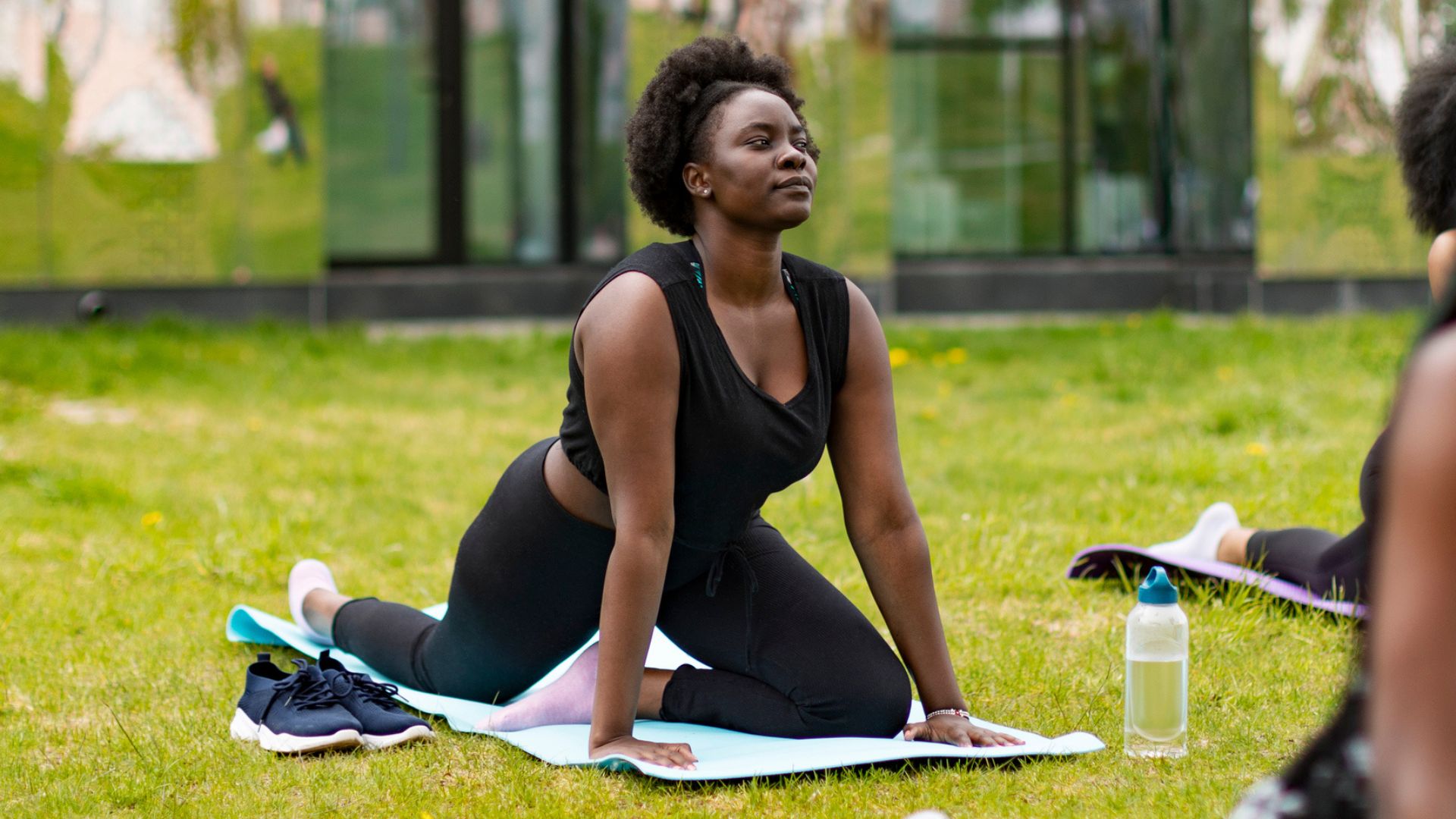
Is 10 minutes of yoga a day enough for beginners?
Ten minutes is enough for daily yoga - even 1 minute of yoga nidra is enough, explains Bunting. "We all have different lives and there isn't a one-size-fits-all approach, especially in yoga."
If you’re wondering how you’re going to fit a yoga practice into your already busy schedule, fear not. You don't need to do yoga as a workout for hours on end to reap the benefits - even just a few minutes of mindfully moving your body every day with yoga stretches for beginners can do wonders for your wellbeing.
Try to wake up 10 minutes earlier each day to find time for your practice. As Bunting points out, 10 minutes of yoga every day totals 70 minutes a week, and throughout a 30-day month, you could clock up a staggering 300 minutes of yoga.
While there's no one rule for how often you should do yoga, Townsend says that "even just a few gentle stretches every day will improve mobility and increase range of motion that will in turn gain strength and improve endurance. The key to yoga is consistency and patience." Noted!
What type of yoga is best for flexibility?
If improving flexibility is one of your goals for your yoga practice, Bunting recommends trying Yin Yoga. “It focuses on the connective tissue such as ligaments, joints and fascia and while it takes more patience mentally to practise, you will notice the benefits quickly.”
Townsend agrees - there are many benefits of yin yoga. “The poses are mostly seated and held for a longer duration that works into the deep connective tissue for improved flexibility.” If you’re new to Yin Yoga, start by holding each pose for one to three minutes, and build up over time to holding the poses for five to ten minutes. You can always learn how to do resistance band exercises in combination to stretch your capabilities even further.
After this yoga stretches for beginners sequence is over, you may find it helpful to pause for a moment before going on with your day. Spend a few moments just lying on your back, focusing on your breathing. If you're new to the practice, a selection of the best meditation apps may be a useful way to pick up the know-how.
As noted, yoga can help strengthen the connection between your mind and body, and meditating for a few moments post-session can make this connection easier to come by and stronger.
Ciara McGinley is a meditation practitioner and health journalist. She qualified as a meditation teacher with the British School of Meditation in 2020 and is the founder of Finding Quiet, a series of classes, workshops and retreats that combine meditation practices and mindfulness techniques to make mindful living realistic in an always-switched-on modern world. She is all about bettering that mind-body connection but believes wellness looks different to everyone.
Ciara is also the former Health Channel Editor at woman&home and has covered all things health and wellbeing for years, from fitness to sleep to relationships.
-
 What is ‘tile drenching’ and why is it the biggest design trend of 2025?
What is ‘tile drenching’ and why is it the biggest design trend of 2025?Expert insight and guidance on ways to bring this popular trend into your home, no matter your style
By Natasha Brinsmead Published
-
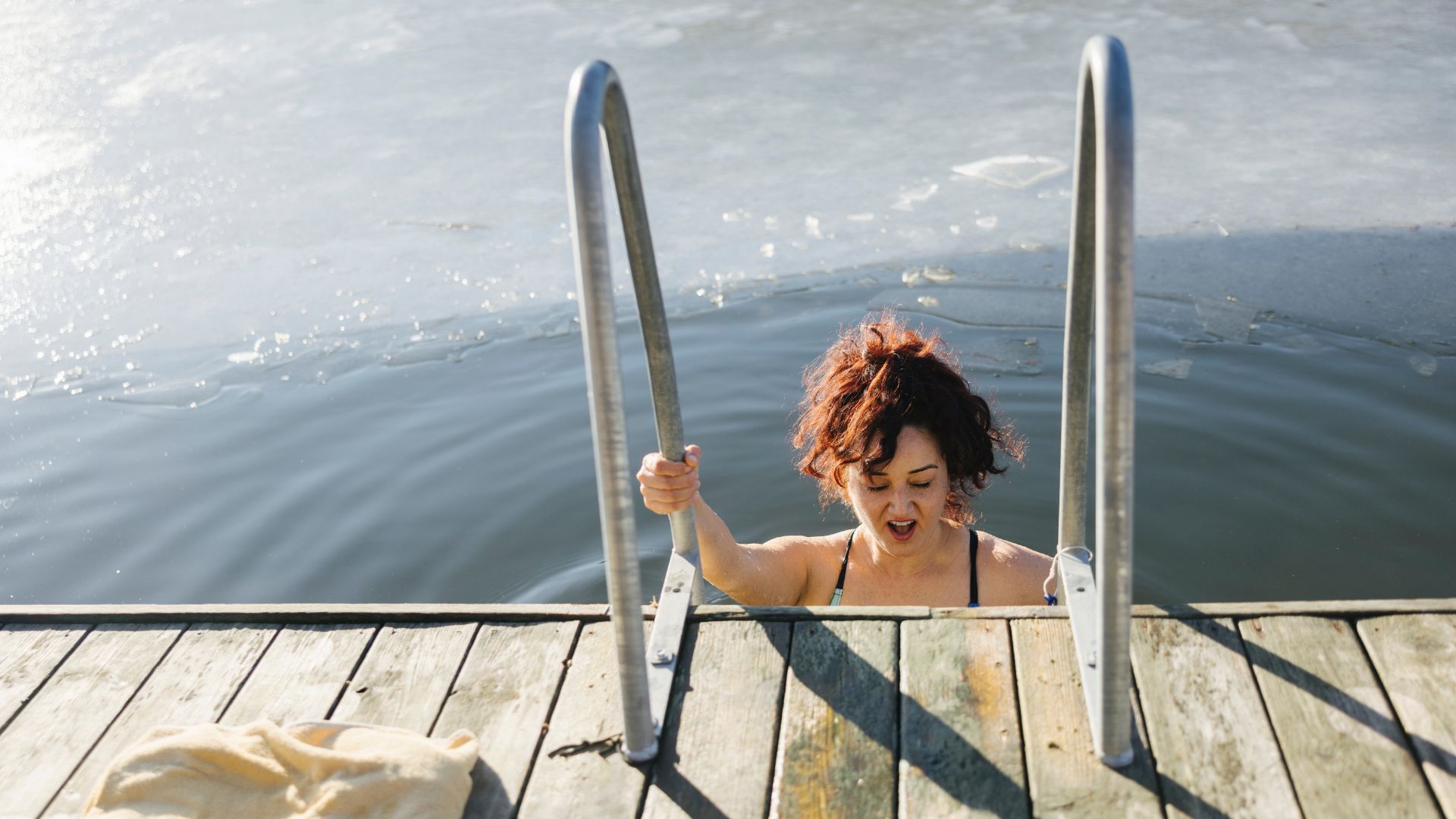 Are ice baths good for you? This longevity expert says there's 'no benefit' for women - here's why
Are ice baths good for you? This longevity expert says there's 'no benefit' for women - here's whyIt's good news for those who'd rather avoid an icy dip, as a leading longevity expert has revealed why ice baths might not have positive effects for women
By Grace Walsh Published